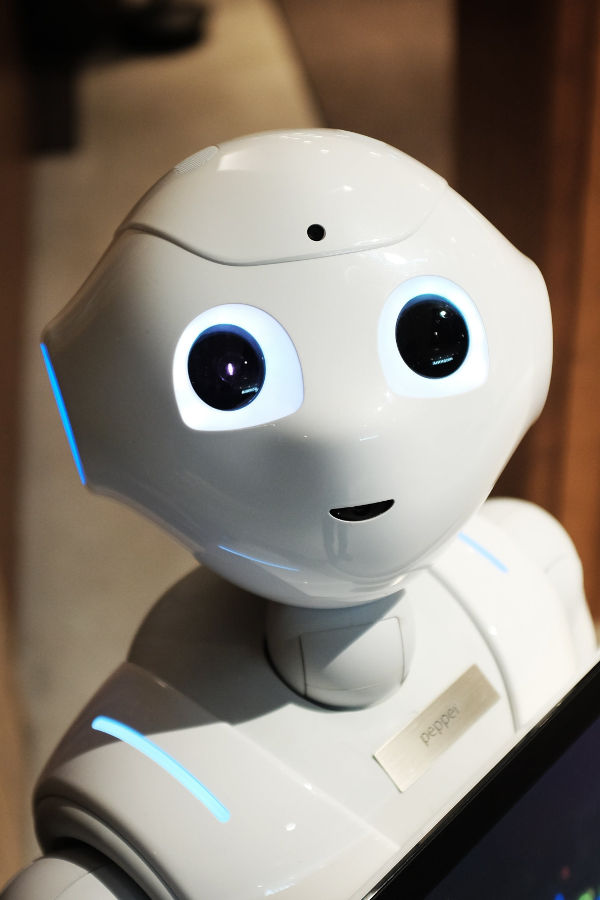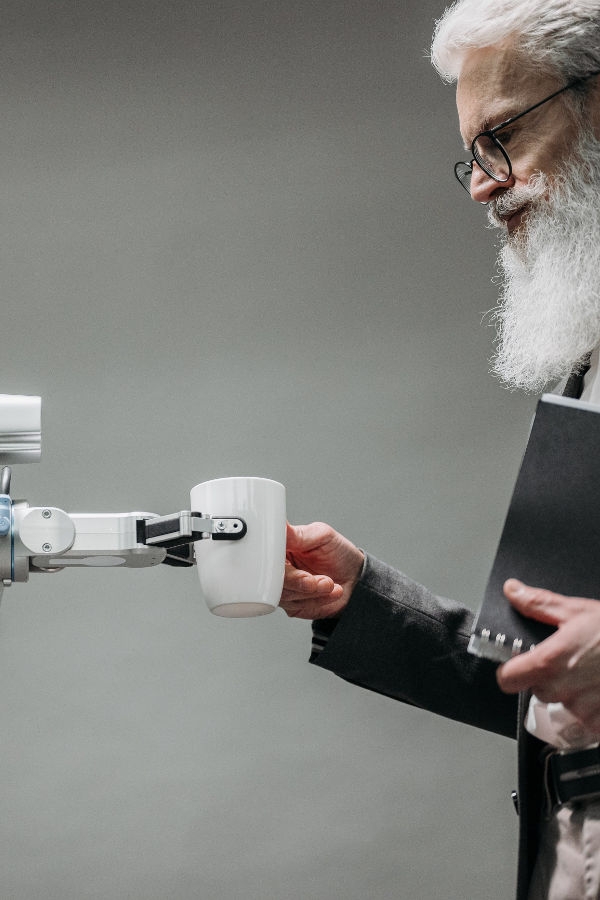Puedes inscribirte en nuestros cursos online en cualquier momento:
- Póngase en contacto con nosotros a través del chat en este sitio web para acordar previamente una fecha de inicio planificada de sus clases para un curso en línea específico.
- Inmediatamente después del acuerdo previo, compre cursos en línea específicos acordados.
- Después de tu compra, programaremos el inicio de tus clases según lo acordado previamente y te daremos todas las instrucciones necesarias.
Refer to "Purchases and Payments" section (enlace) of the "Terms and Conditions" (enlace).
Actualización de conocimientos y habilidades:
Si se solicita una actualización, asumimos que ya tiene una buena comprensión del tema dado y nos centraremos en actualizar sus conocimientos lo más rápido posible. Recibirá la misma o más instrucción concisa y ejercicios que consumen menos tiempo, pero más avanzados. Esto le permitirá avanzar a un ritmo más rápido y, por lo tanto, se recomienda cuando hay plazos ajustados.
Aprende con tutor personal:
Si se solicita el aprendizaje con un tutor personal, nos aseguramos de que el mismo tutor dedicado supervise de cerca su progreso en el curso o cursos en línea especificados para los que se solicitó el tutor personal. Esto proporciona una tutoría más precisa, específica para el estudiante y altamente personalizada: instrucción, motivación, aclaración de conceptos y asistencia para reforzar el aprendizaje. Sin embargo, la tutoría personal puede avanzar a un ritmo más lento debido a los desafíos de programación que enfrentamos en ese momento y, por lo tanto, se recomienda solo cuando no hay plazos ajustados.




